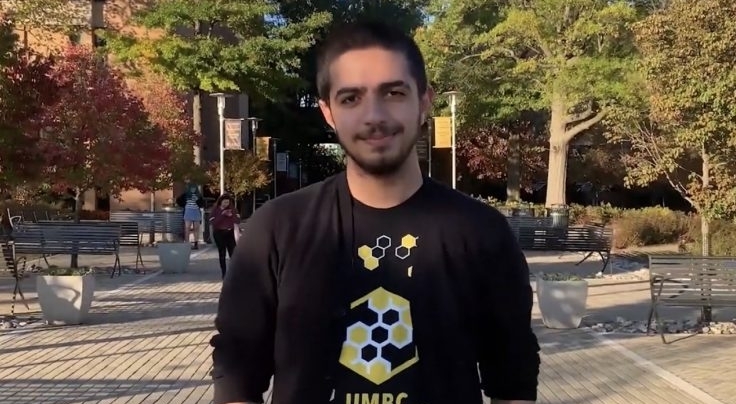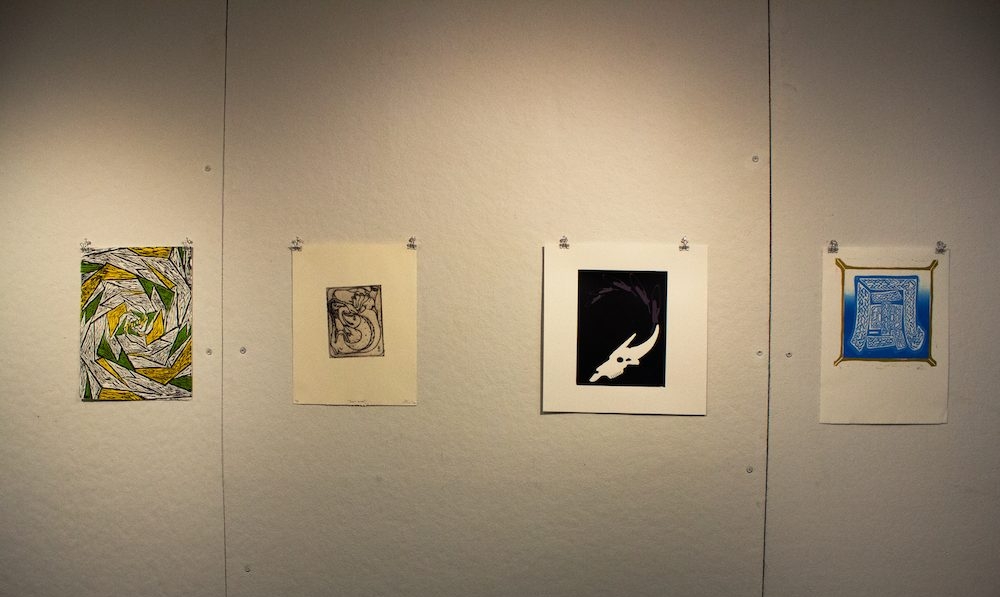After over 30 inches of snow dropped on Baltimore last winter, the city has increased and improved its programs and procedures for the upcoming winter. Earlier this November, Mayor Stephanie Rawlings-Blake announced a $6.3 million budget for this winter, more than doubling the budget from last year.
The increased budget comes along with additional personnel, as well as new snow-removal equipment and almost 20,000 tons of salt. Mayor Rawlings-Blake announced the new budget and measures in a tour of a brand new salt and brine-processing facility at 560 W. North Ave. The new facility will be at the disposal of the crews during winter weather events.
The new facility can hold up to 39,000 gallons of brine, which crews will use to pre-treat roads before storms, in order to prevent snow from sticking to essential city gateways, which will help with their snow removal efforts.
Additionally, the facility at North Avenue holds the first salt dome built in the city in over 20 years. With 7,500 tons of salt at the location, the city has increased its salt storage capabilities while also providing personnel with easy access to certain streets and important roads, such as the Jones Falls Expressway. The location and ease of access should prove to be beneficial, allowing for shorter response times for snow-removal crews.
While crews and equipment have been improved since last year, a few other programs and measures have been added or brought back for this weekend. The Department of Transportation has announced the return of its Youth Snow Program. The program connects student workers with senior citizens and/or disabled residents. The students work with those who need assistance with clearing snow in public rights of way passages and sidewalks on days city schools are closed.
Cold weather shelters have also begun opening their doors, both in Baltimore City and Baltimore County. The Baltimore County cold weather shelter operates from 7 p.m. to 7 a.m. It is activated on nights when the temperature reaches 32 degrees or below and when there are no more beds in homeless shelters.
Besides cold weather shelters, Baltimore City’s 19 library branches operate on extended hours from November through March, so residents can warm up from 9 a.m. to 9 p.m. The City also offers community centers, churches and senior centers as additional warm up locations.
Code Blue guidelines have also been revised for the winter. The city’s Health Commissioner declares a Code Blue Alert during periods of extreme cold, seeking to control hypothermia deaths specifically in vulnerable pockets of the population, such as the homeless and senior citizens. Shelters are encouraged to extend their hours and keep people indoors whenever a Code Blue Alert is issued. The city also participates in energy assistance programs, which target those with no home-heating and give subsidies to those who experience difficulties paying their heating bills.
Programs seeking to provide winter clothing have permeated the Baltimore Community as well as UMBC. At UMBC, boxes for winter clothes donations can be found in the Commons and other common areas around campus. In Baltimore, Operation Warm has been distributing new coats to hundreds of Baltimore children. The organization works with SERKI, a non-profit manufacturer that employs disabled workers in their plant in Kentucky.
UMBC students are also deeply affected by inclement weather: the large amounts of snow delayed the start of the Spring 2016 semester. ResLife staff have procedures to follow in case of snow buildup. The university’s Environmental Safety and Health web page directs users to useful links for winter preparedness, such as emergency kit instructions from the Red Cross. However, its link for UMBC’s winter weather policy currently leads to a dead page.
For inclement weather updates, students should check MyUMBC, or sign up for UMBC’s E2 Alerts for real time text alerts for all weather and other emergencies.

